Cloud Computing Data Security: Data Encryption Solutions Report
VerifiedAdded on 2023/04/10
|6
|874
|413
Report
AI Summary
This report addresses the critical issue of data security in cloud computing, highlighting the vulnerabilities arising from the shift to virtual environments and the increasing risk of data breaches. It proposes data encryption as a key solution, differentiating between 'In Flight Encryption' and 'At Rest Data Encryption,' with a focus on the latter's robust protection for stored data. The report emphasizes the importance of data ciphering during transfer to prevent data loss and unauthorized access. Concluding with a request for authorization to proceed with the implementation of data encryption strategies, this report provides a summarized argument for enhancing cloud data security.
1 out of 6
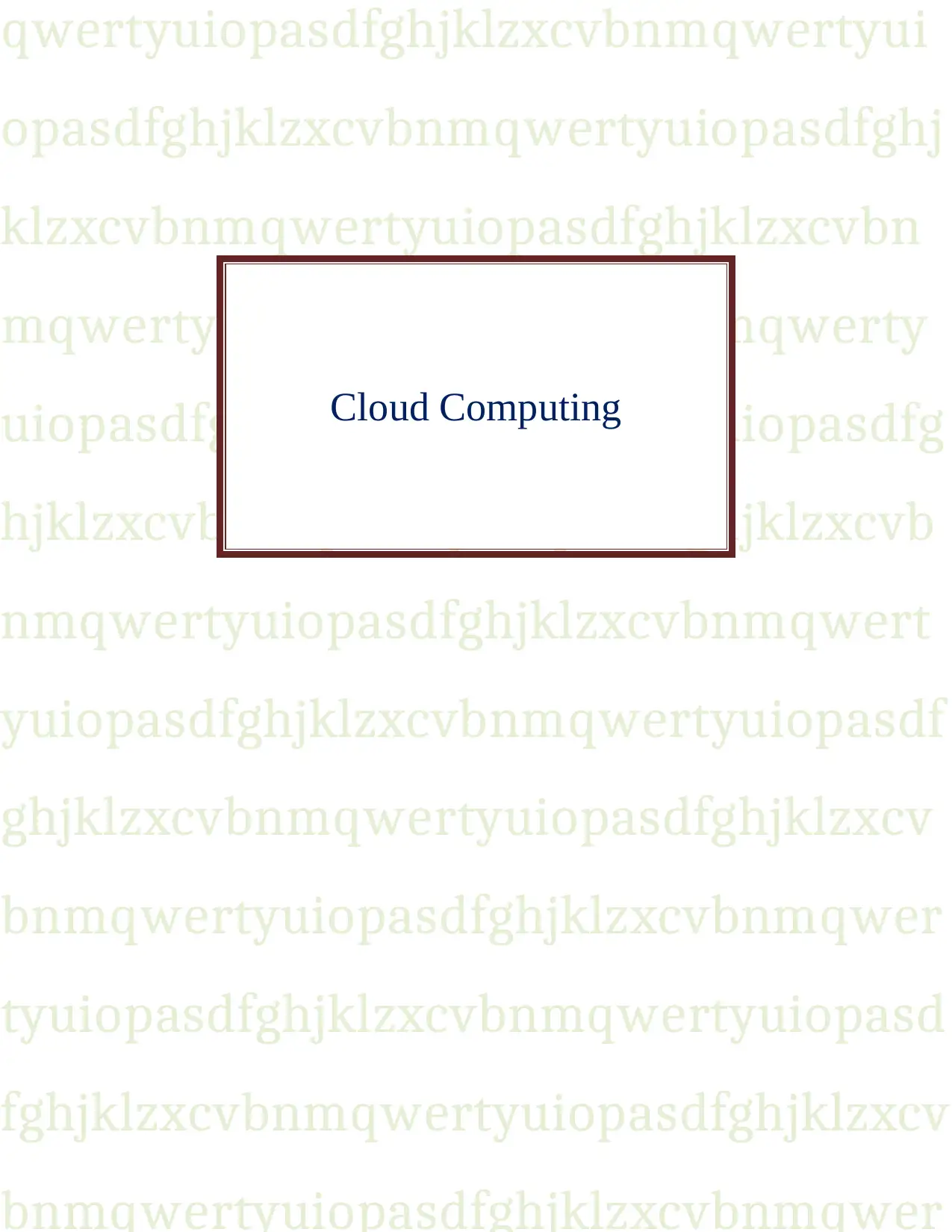
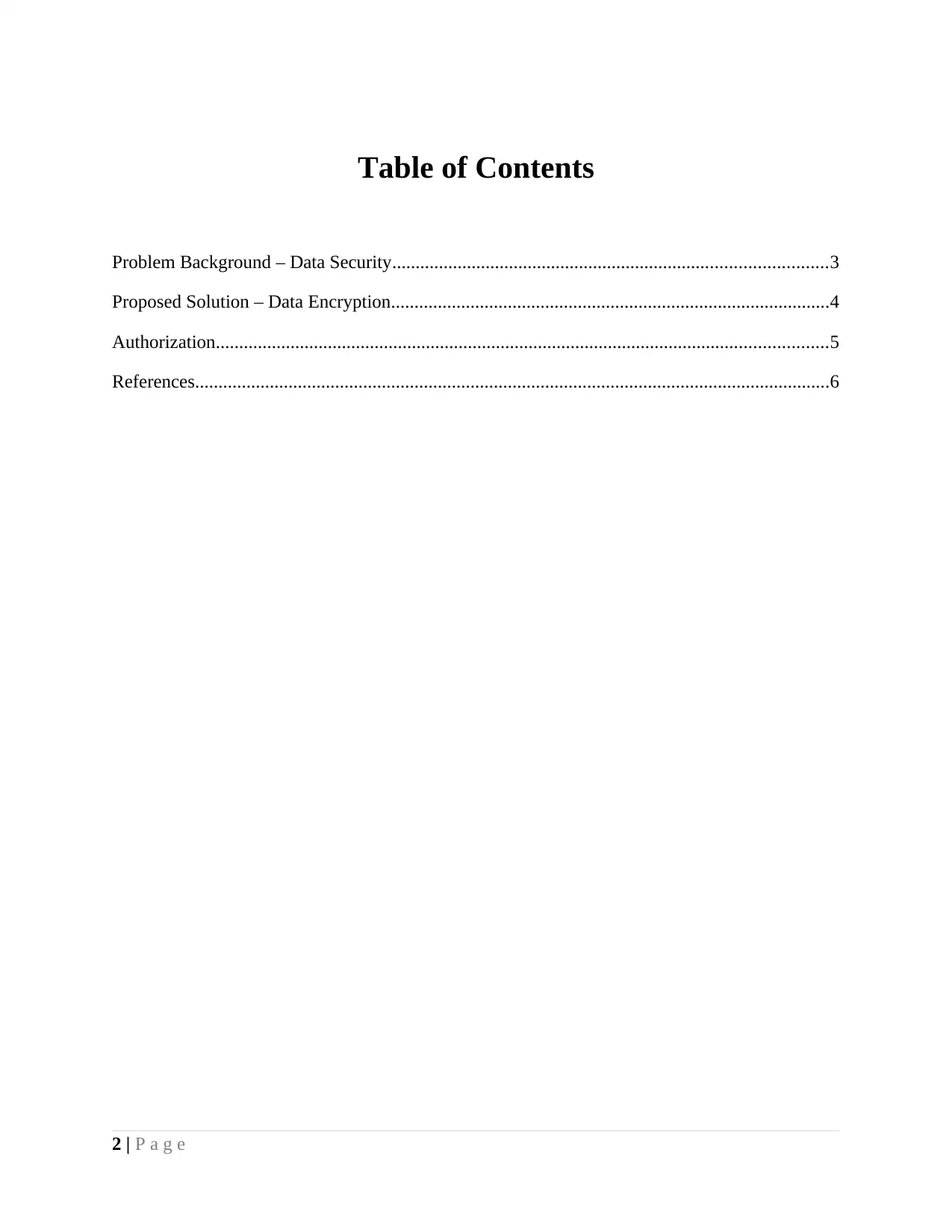
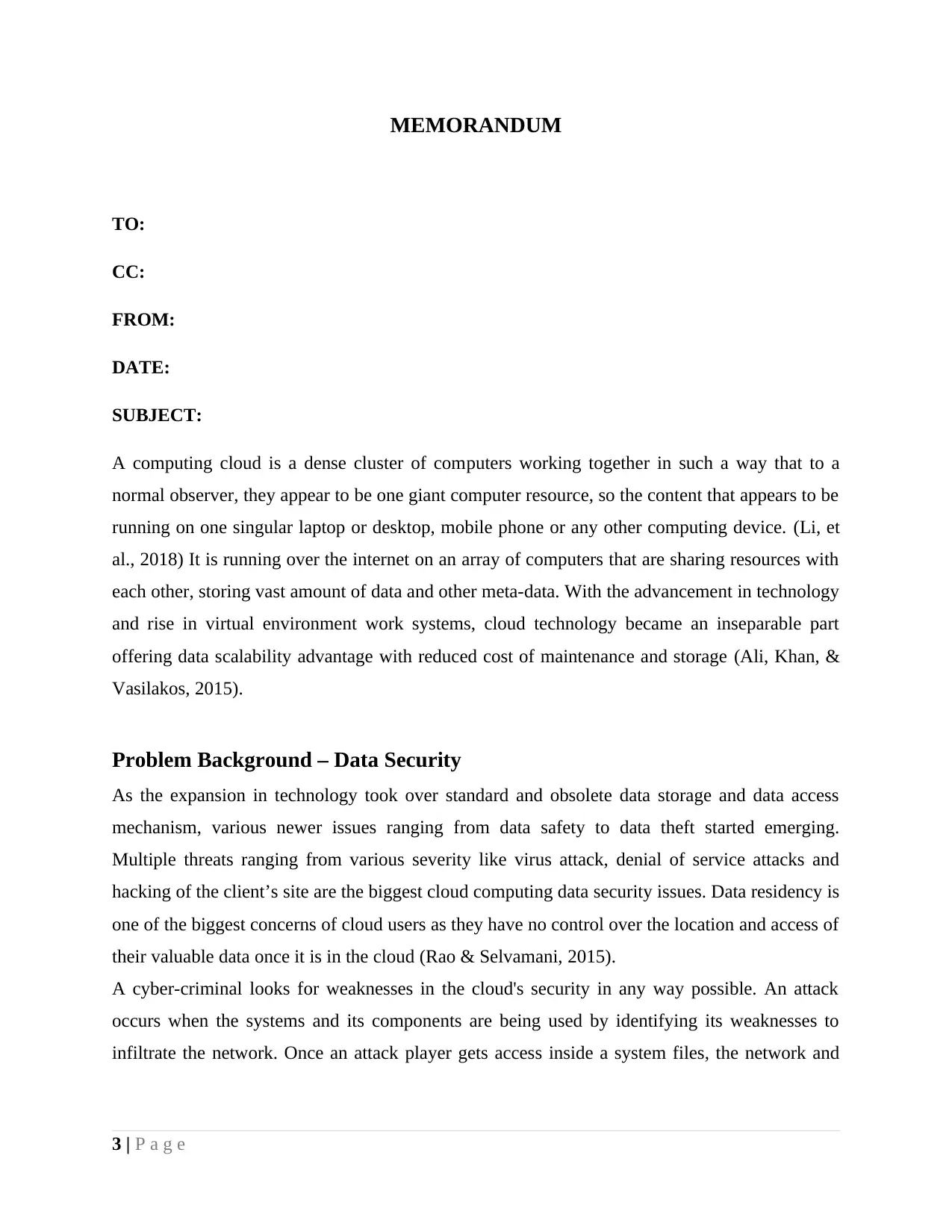
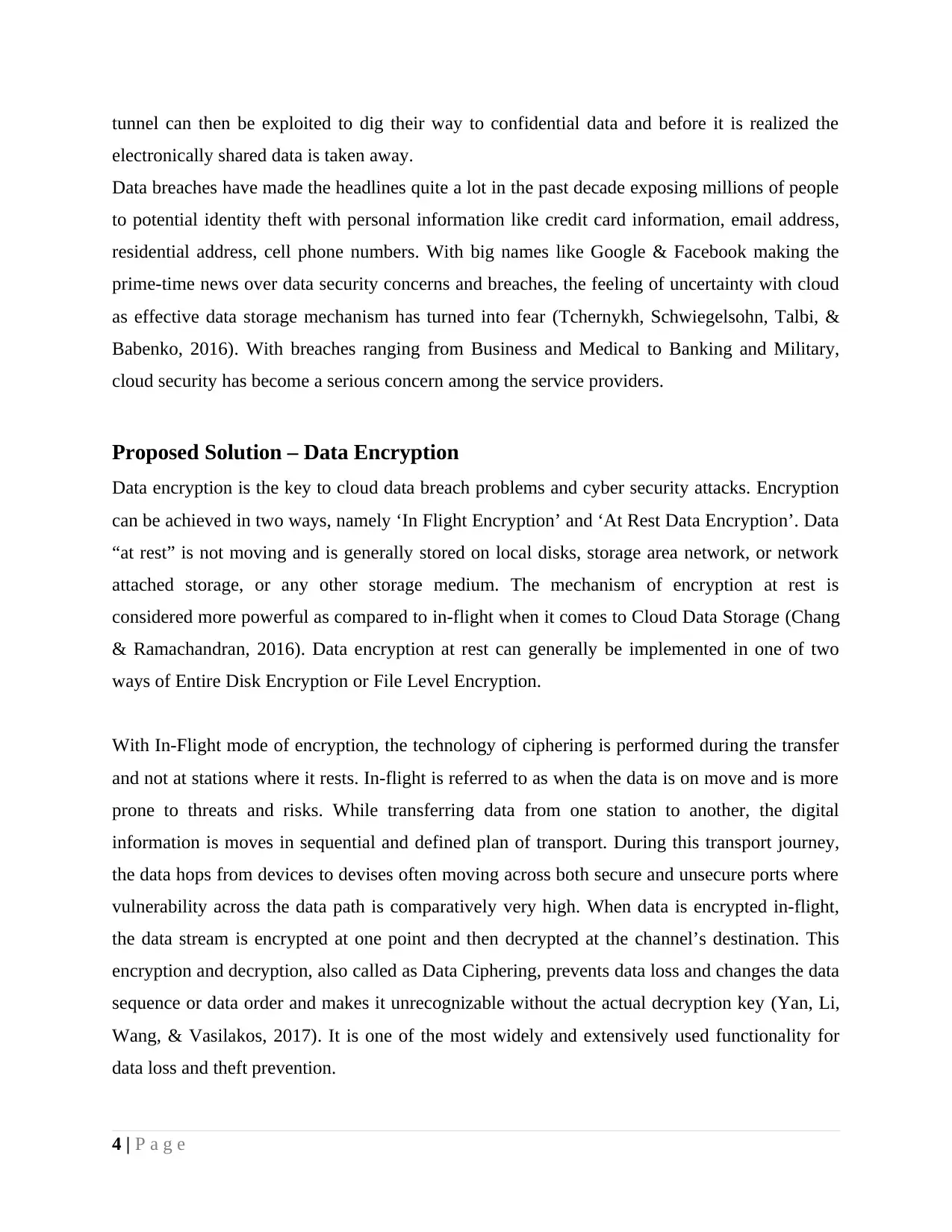
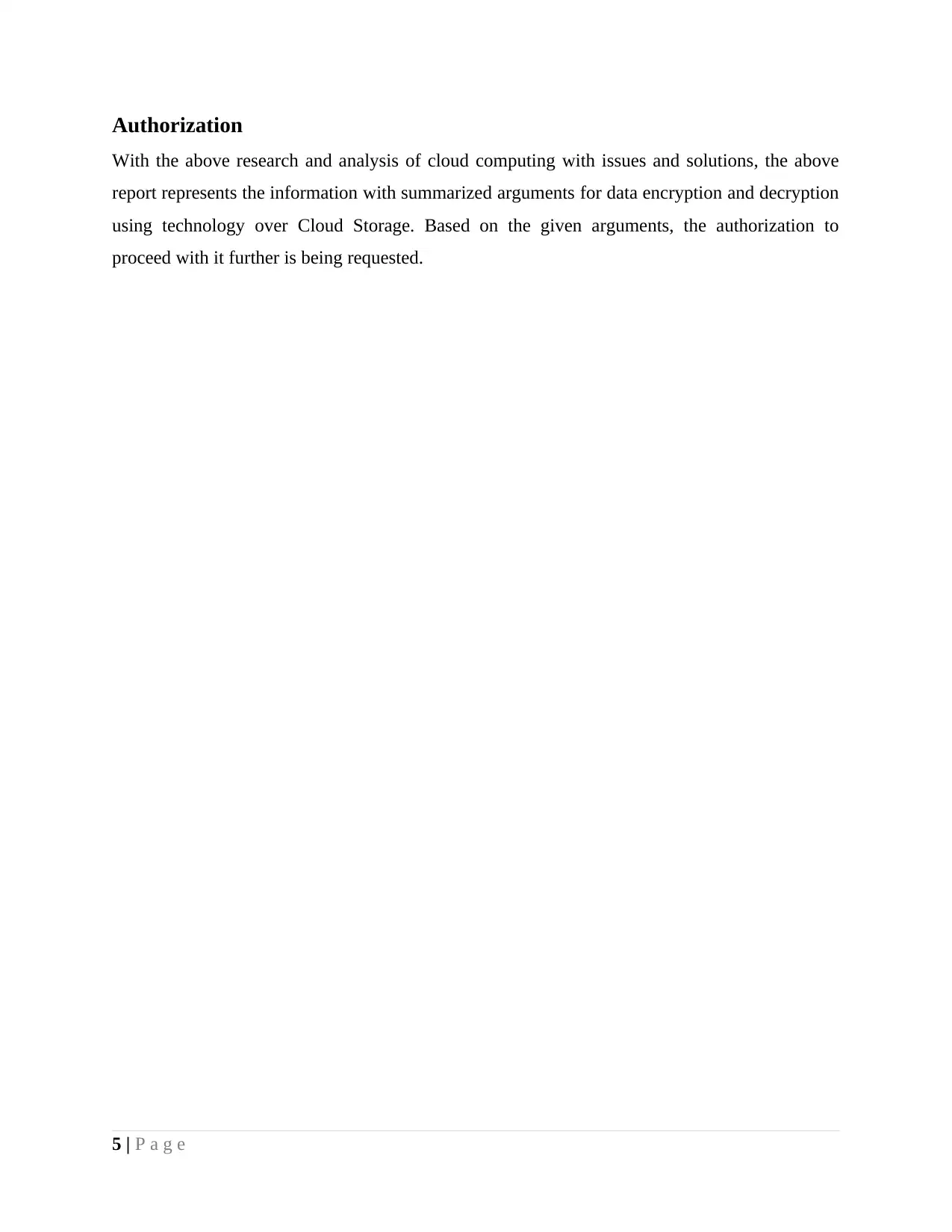







![[object Object]](/_next/static/media/star-bottom.7253800d.svg)